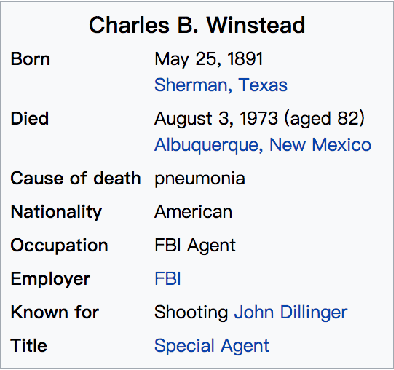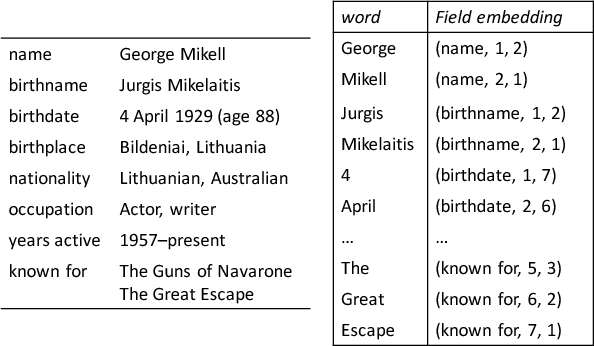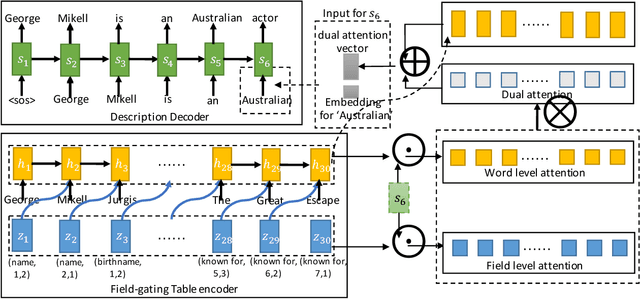Kexiang Wang
AesopAgent: Agent-driven Evolutionary System on Story-to-Video Production
Mar 12, 2024Abstract:The Agent and AIGC (Artificial Intelligence Generated Content) technologies have recently made significant progress. We propose AesopAgent, an Agent-driven Evolutionary System on Story-to-Video Production. AesopAgent is a practical application of agent technology for multimodal content generation. The system integrates multiple generative capabilities within a unified framework, so that individual users can leverage these modules easily. This innovative system would convert user story proposals into scripts, images, and audio, and then integrate these multimodal contents into videos. Additionally, the animating units (e.g., Gen-2 and Sora) could make the videos more infectious. The AesopAgent system could orchestrate task workflow for video generation, ensuring that the generated video is both rich in content and coherent. This system mainly contains two layers, i.e., the Horizontal Layer and the Utility Layer. In the Horizontal Layer, we introduce a novel RAG-based evolutionary system that optimizes the whole video generation workflow and the steps within the workflow. It continuously evolves and iteratively optimizes workflow by accumulating expert experience and professional knowledge, including optimizing the LLM prompts and utilities usage. The Utility Layer provides multiple utilities, leading to consistent image generation that is visually coherent in terms of composition, characters, and style. Meanwhile, it provides audio and special effects, integrating them into expressive and logically arranged videos. Overall, our AesopAgent achieves state-of-the-art performance compared with many previous works in visual storytelling. Our AesopAgent is designed for convenient service for individual users, which is available on the following page: https://aesopai.github.io/.
Table-to-text Generation by Structure-aware Seq2seq Learning
Nov 27, 2017



Abstract:Table-to-text generation aims to generate a description for a factual table which can be viewed as a set of field-value records. To encode both the content and the structure of a table, we propose a novel structure-aware seq2seq architecture which consists of field-gating encoder and description generator with dual attention. In the encoding phase, we update the cell memory of the LSTM unit by a field gate and its corresponding field value in order to incorporate field information into table representation. In the decoding phase, dual attention mechanism which contains word level attention and field level attention is proposed to model the semantic relevance between the generated description and the table. We conduct experiments on the \texttt{WIKIBIO} dataset which contains over 700k biographies and corresponding infoboxes from Wikipedia. The attention visualizations and case studies show that our model is capable of generating coherent and informative descriptions based on the comprehensive understanding of both the content and the structure of a table. Automatic evaluations also show our model outperforms the baselines by a great margin. Code for this work is available on https://github.com/tyliupku/wiki2bio.
 Add to Chrome
Add to Chrome Add to Firefox
Add to Firefox Add to Edge
Add to Edge